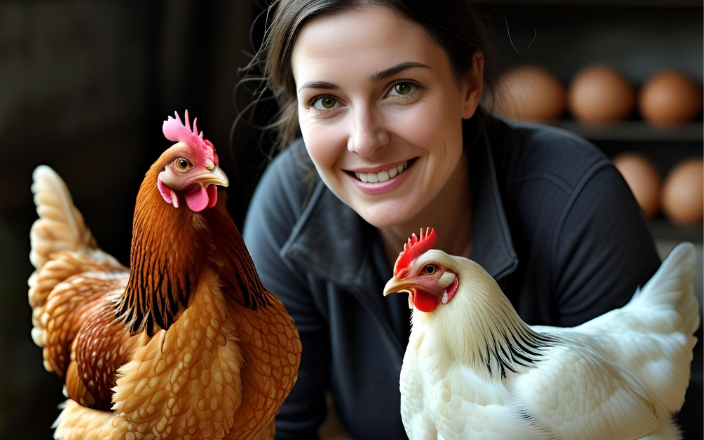As consumer demand for cage-free eggs continues to rise, researchers at North Carolina State University have conducted a groundbreaking study to determine which breeds of laying hens adapt best to cage-free environments. The findings could help egg producers improve both animal welfare and productivity.
The study, led by Bhavisha Gulabrai as part of her master’s research in poultry science, evaluated four genetic strains of hens over a 72-week period. These included two white breeds—H&N White and Hy-Line W-36—commonly used in conventional caged systems, and two brown breeds—Hy-Line Brown and Bovan Brown—typically raised in cage-free or free-range systems.
Each group of hens was housed in a pen designed to mimic a commercial single-level cage-free system, complete with roosts, perches, and nesting boxes. Researchers monitored egg production, behavior, and stress responses to assess how well each strain adapted to the environment.
One of the key challenges in cage-free systems is managing the behavior of hens that are more prone to fear or stress. Skittish birds can injure themselves or others by flying into walls or equipment. To measure stress, the team used innovative methods including a startle test and an inversion test, combined with thermal imaging to track physiological stress indicators.
The results showed that brown hens, particularly the Hy-Line Brown and Bovan Brown, were generally calmer and better suited to cage-free housing. These breeds exhibited lower stress responses and more stable behavior, making them ideal candidates for systems focused on animal welfare. In contrast, the white breeds, while highly productive in caged environments, showed higher levels of fear and stress when placed in cage-free settings.
This research highlights the importance of matching hen genetics with housing systems. “Choosing the right breed is just as critical as designing the right facility,” said Gulabrai. “Producers need to consider both to ensure the health and productivity of their flocks.”
With cage-free eggs now accounting for around 40% of the U.S. market, these findings offer timely guidance for the poultry industry. By selecting breeds that thrive in open environments, farmers can meet consumer expectations while promoting better living conditions for hens.
Sources: Available upon request

